Home>Garden Essentials>How Much Area Does A 50 Lb Bag Of Grass Seed Cover
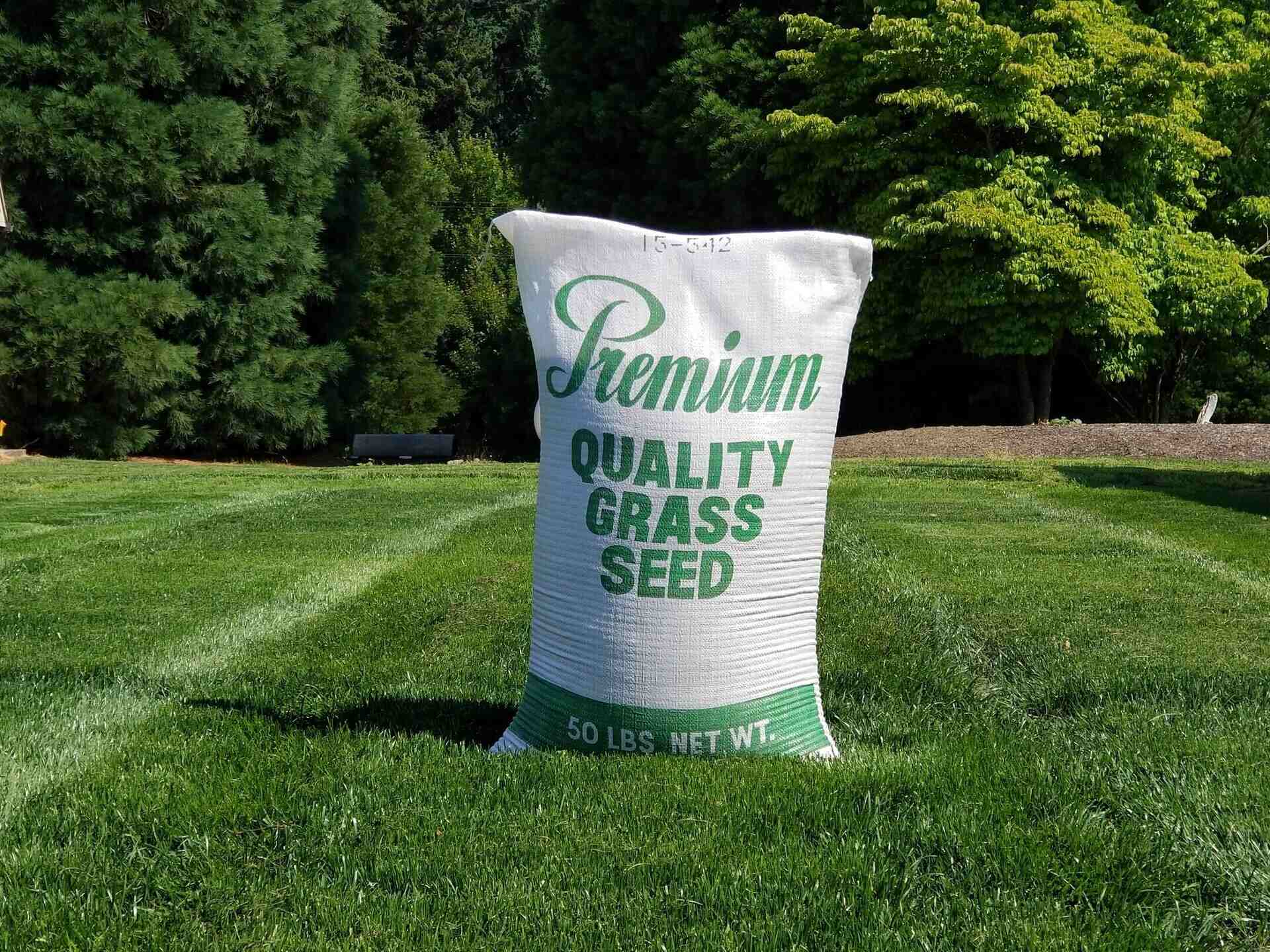

Garden Essentials
How Much Area Does A 50 Lb Bag Of Grass Seed Cover
Modified: May 6, 2024
Find out how much area a 50 lb bag of grass seed can cover in your garden and start planting today!
(Many of the links in this article redirect to a specific reviewed product. Your purchase of these products through affiliate links helps to generate commission for Storables.com, at no extra cost. Learn more)
Introduction
Gardening enthusiasts and homeowners who want to improve the appearance of their lawns often turn to grass seed to promote healthy and lush green growth. However, one common question that arises is: how much area does a 50 lb bag of grass seed cover? Determining the coverage of a bag of grass seed is important to ensure you purchase the right amount for your specific lawn size.
While the exact coverage will vary depending on various factors, such as the type of grass seed, soil conditions, and the seeding method used, understanding the general principles can help you make a more informed decision.
In this article, we will explore the factors affecting coverage and how to calculate the coverage area of a 50 lb bag of grass seed. Whether you are a seasoned gardener or just starting out, this information will assist you in achieving the optimal coverage for your lawn.
Key Takeaways:
- 50 lb bag of grass seed can cover approximately 20,000 square feet, but factors like grass seed type and soil conditions can affect coverage. It’s essential to follow specific instructions for optimal results.
- Understanding the coverage of a 50 lb bag of grass seed is crucial for planning a successful lawn project. Consider factors like seeding rate, soil quality, and weather conditions for best results.
Factors Affecting Coverage
Several factors can affect the coverage area of a 50 lb bag of grass seed. Understanding these factors will help you estimate the coverage more accurately:
- Grass Seed Type: Different types of grass seed have varying sizes, density, and coverage rates. For instance, fine fescue seeds are smaller and lighter, so they will cover a larger area compared to larger seeds like Kentucky bluegrass. It is essential to consider the specific type of grass seed you are using to determine the coverage area accurately.
- Soil Conditions: The condition of your soil directly affects the germination and growth of grass seeds. Well-prepared, fertile soil will promote better seed establishment and growth, leading to higher coverage rates. On the other hand, compacted, poor-quality soil may hinder seed growth and reduce overall coverage. Prioritize preparing your soil adequately before seeding to optimize coverage.
- Seeding Method: The method you use to seed your lawn, whether it be broadcasting or using a seed spreader, can impact coverage. Broadcasting by hand may result in uneven distribution and lower coverage rates compared to using a seed spreader, which allows for more controlled and even application of the seeds.
- Overseeding vs. Full Seeding: The purpose of seeding, whether it is overseeding to fill in thin areas or full seeding to establish a new lawn, will affect coverage. When overseeding, you typically use less seed per square foot compared to full seeding, where a higher seed density is required. Keep in mind the purpose and goal of your seeding project when estimating coverage.
- Weather Conditions: Weather conditions play a significant role in the success of seed germination and growth. Adequate moisture and favorable temperatures are essential for seed establishment. Dry or excessively hot weather may lead to lower germination rates and reduced coverage. Aim for ideal weather conditions to maximize the coverage area.
Considering these factors will allow you to make a more accurate estimation of how far a 50 lb bag of grass seed will cover and adjust accordingly based on your specific lawn conditions.
Calculation Method
To calculate the coverage area of a 50 lb bag of grass seed, you need to determine the recommended seeding rate for the specific grass seed type you are using. The seeding rate refers to the amount of seed per square foot that provides optimal coverage for successful germination and healthy growth.
The recommended seeding rate can typically be found on the grass seed bag or in the product instructions. It is usually expressed as a range, such as 2-3 pounds per 1,000 square feet. For our calculation, we will use the average seeding rate.
Here’s a step-by-step calculation method to estimate the coverage area:
- Determine the average seeding rate per 1,000 square feet. Let’s say the average seeding rate for your grass seed is 2.5 pounds per 1,000 square feet.
- Divide the weight of the bag (50 pounds) by the average seeding rate per 1,000 square feet. In this case, 50 divided by 2.5 equals 20. This means that a 50 lb bag of grass seed will cover 20,000 square feet.
It is important to note that this calculation method provides an estimate and may vary slightly based on the factors mentioned earlier. Additionally, it is always a good idea to follow the specific instructions provided by the grass seed manufacturer for optimal coverage.
A 50 lb bag of grass seed can cover approximately 10,000 square feet for new lawns and 20,000 square feet for overseeding existing lawns. Always follow the recommended application rates on the seed packaging for best results.
Average Coverage of Grass Seed
The average coverage of a 50 lb bag of grass seed can vary depending on the factors mentioned earlier. However, as a general guideline, a 50 lb bag of grass seed can cover approximately 20,000 square feet.
Keep in mind that this estimation is based on the average seeding rate of 2.5 pounds per 1,000 square feet. If your specific grass seed has a different recommended seeding rate, you may need to adjust the coverage accordingly.
It is worth noting that this coverage estimation is for full seeding, where you are establishing a new lawn from scratch. If you are overseeding an existing lawn to fill in thin areas, you will need less seed per square foot, and the coverage area will be greater.
Furthermore, it is important to consider the quality and condition of your soil, as well as the weather conditions during the germination and establishment period. These factors can play a significant role in the success and coverage of the grass seed.
For more precise coverage estimates and to ensure optimal results, refer to the specific instructions provided by the grass seed manufacturer. They will often provide recommended seeding rates and coverage guidelines based on their product’s characteristics.
Remember, it is better to slightly overestimate the amount of grass seed needed rather than running out in the middle of the project. You can always store any unused grass seed for future use if needed.
Conclusion
Determining the coverage area of a 50 lb bag of grass seed is an important step in planning for a successful lawn seeding project. While the exact coverage may vary depending on factors such as grass seed type, soil conditions, seeding method, and weather conditions, understanding the principles can help you make an informed decision.
Factors such as the type of grass seed, soil conditions, seeding method, and weather conditions can impact the coverage area of a 50 lb bag of grass seed. Taking these factors into consideration will enable you to estimate the coverage more accurately.
Calculating the coverage area involves determining the recommended seeding rate and dividing the weight of the bag by the average seeding rate. This will provide you with an estimation of how far a 50 lb bag of grass seed will cover.
On average, a 50 lb bag of grass seed can cover approximately 20,000 square feet. However, it is essential to follow the specific instructions provided by the grass seed manufacturer for optimal coverage results.
Remember that soil quality and weather conditions also play a significant role in the success of seed germination and growth. Preparing your soil adequately and choosing the right time to seed can enhance coverage and promote healthy lawn development.
By considering these factors and following the recommended guidelines, you can achieve the desired coverage and enjoy a beautiful and vibrant lawn. If in doubt, consult with a local gardening expert who can provide further advice tailored to your specific needs.
So, whether you are establishing a new lawn or rejuvenating an existing one, understanding the coverage of a 50 lb bag of grass seed will help you plan effectively and achieve the lush, green lawn you desire.
Ready to spruce up your garden's look and functionality? Dive into our guide on creative garden fence ideas, perfect for anyone keen on gardening or looking to enhance their landscape. From simple DIY options to more elaborate designs, these suggestions cater to various styles and needs. Whether you're aiming to add a touch of privacy or just want to elevate your home's curb appeal, you'll find plenty of inspiration to transform your space into a delightful retreat.
Frequently Asked Questions about How Much Area Does A 50 Lb Bag Of Grass Seed Cover
Was this page helpful?
At Storables.com, we guarantee accurate and reliable information. Our content, validated by Expert Board Contributors, is crafted following stringent Editorial Policies. We're committed to providing you with well-researched, expert-backed insights for all your informational needs.
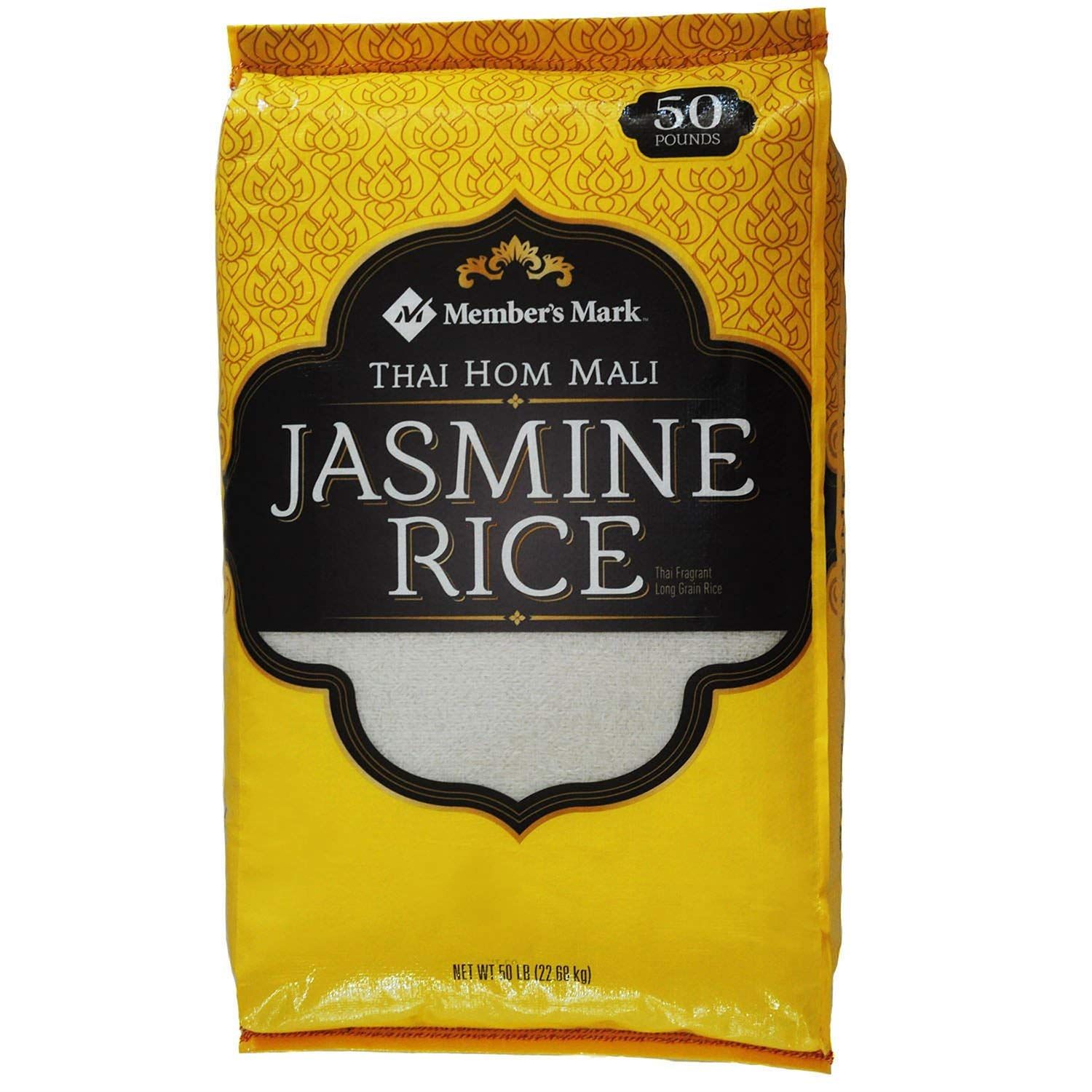
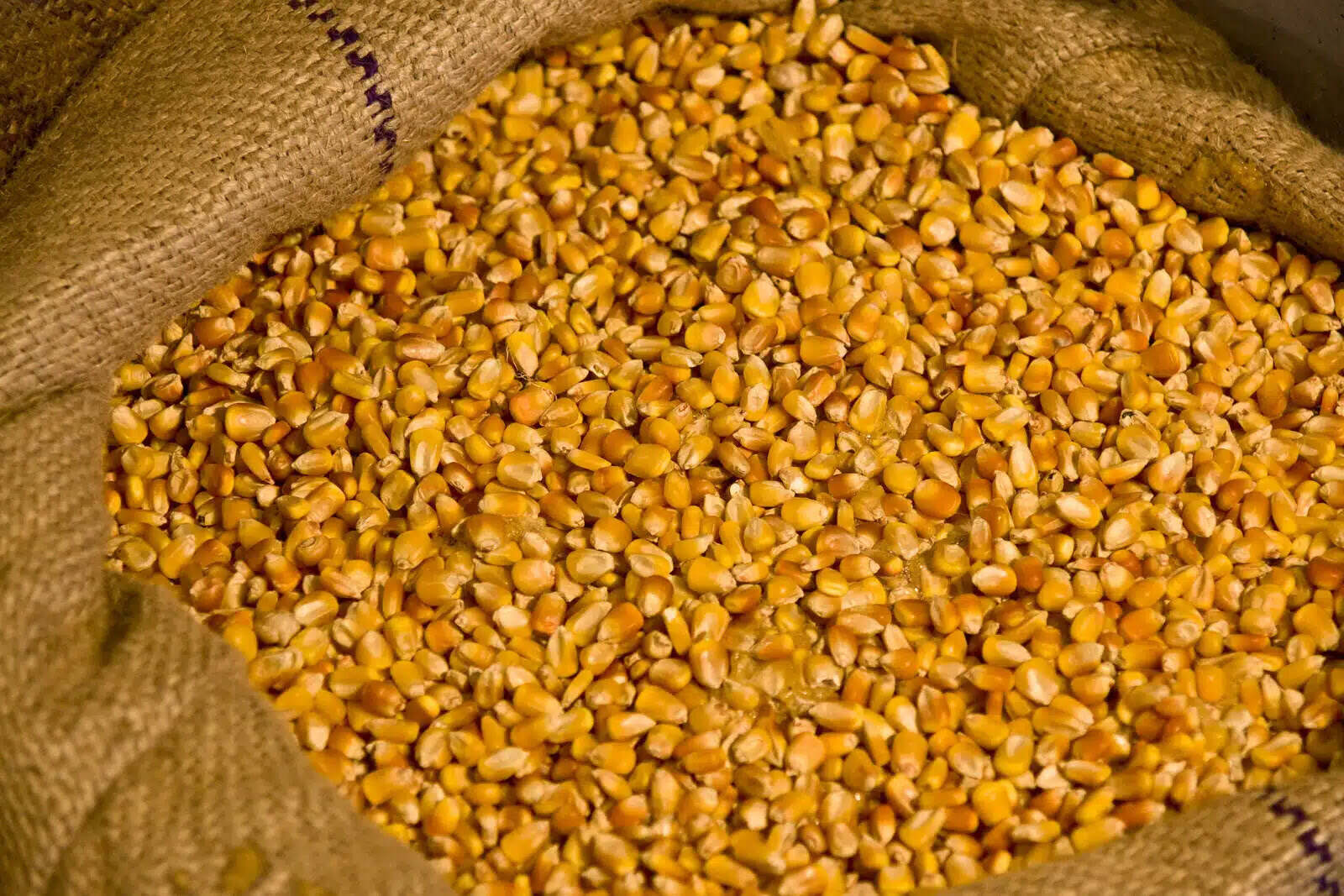



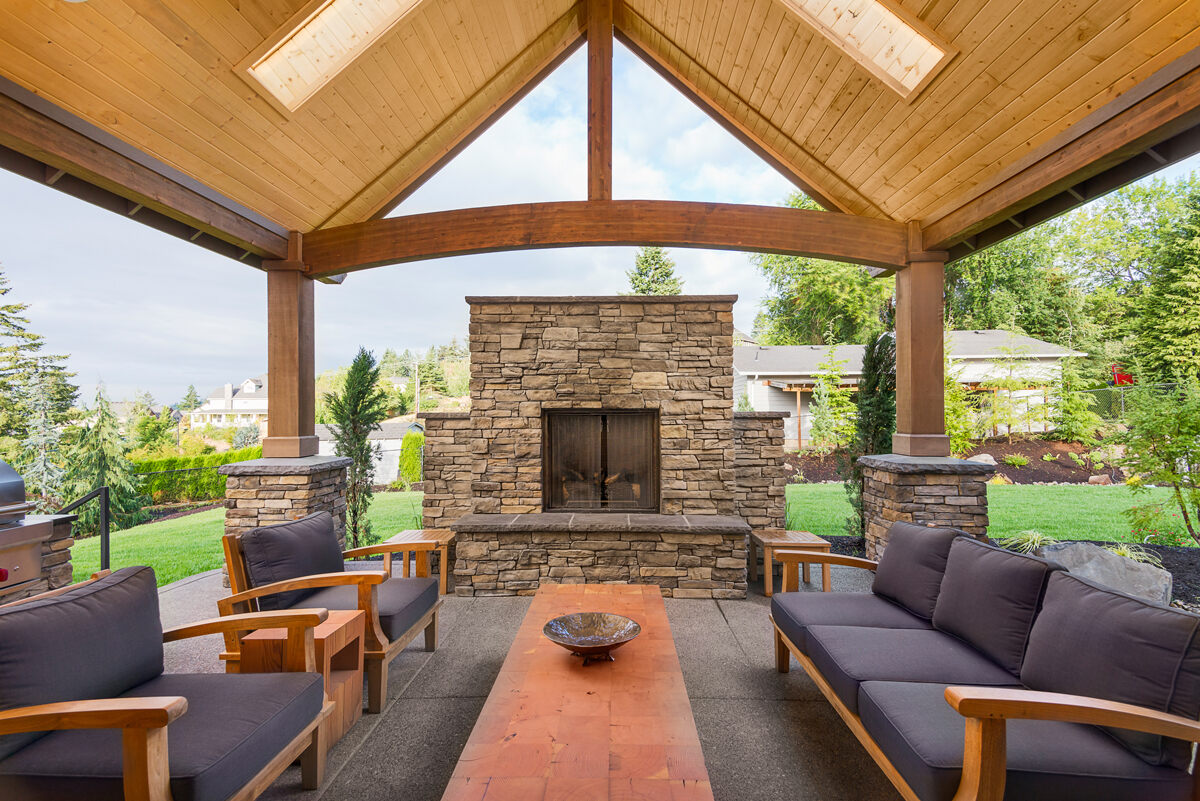
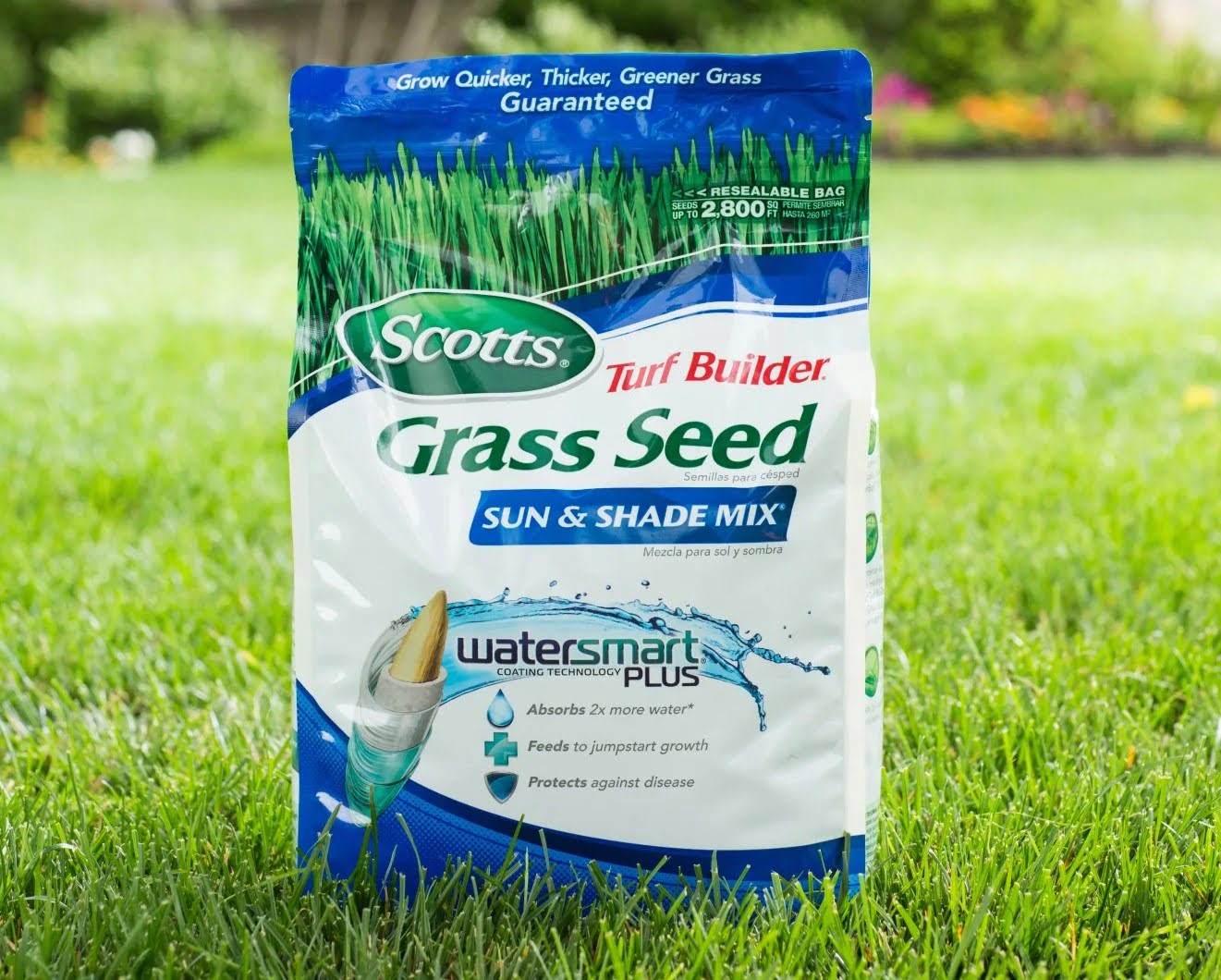
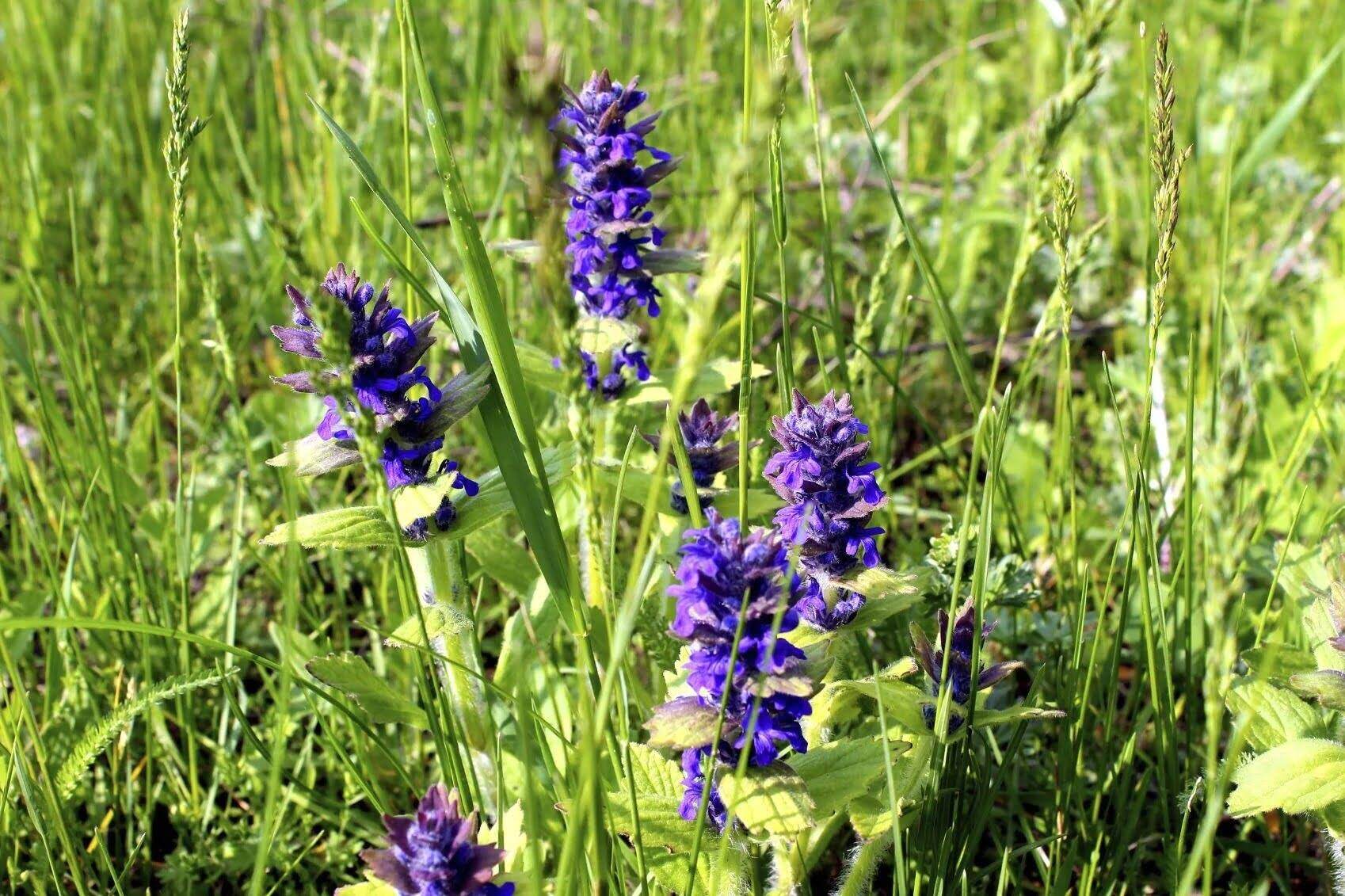

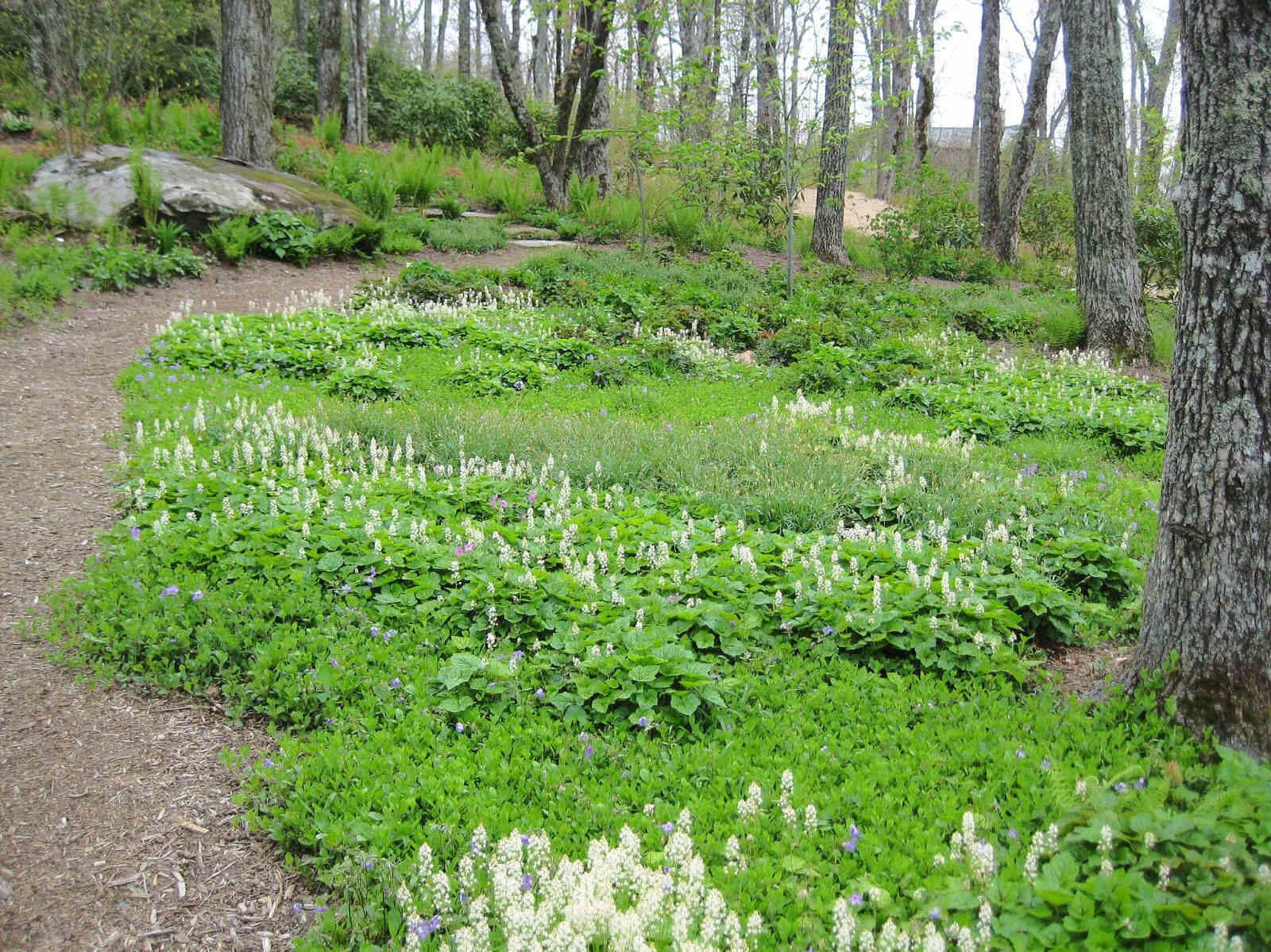

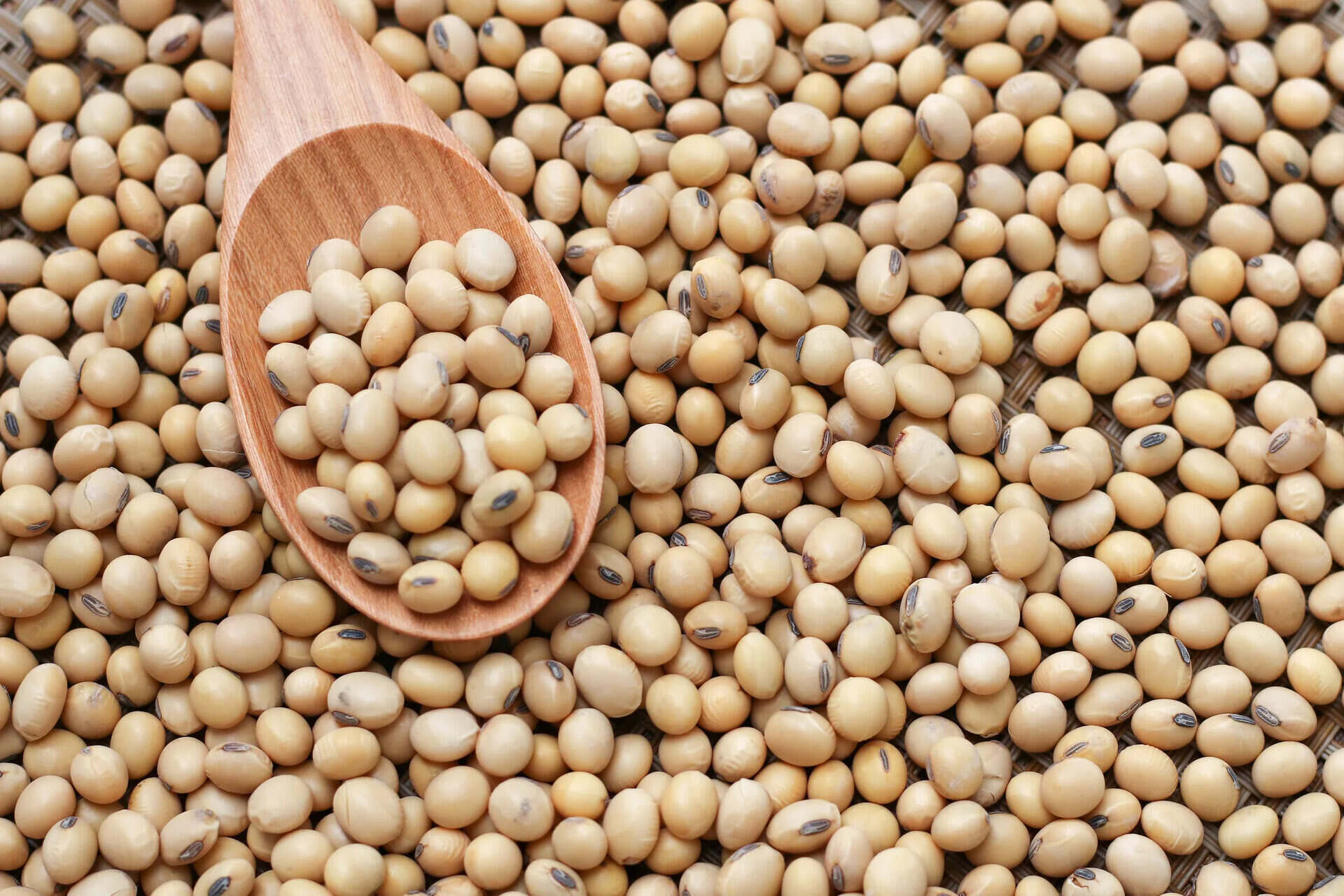
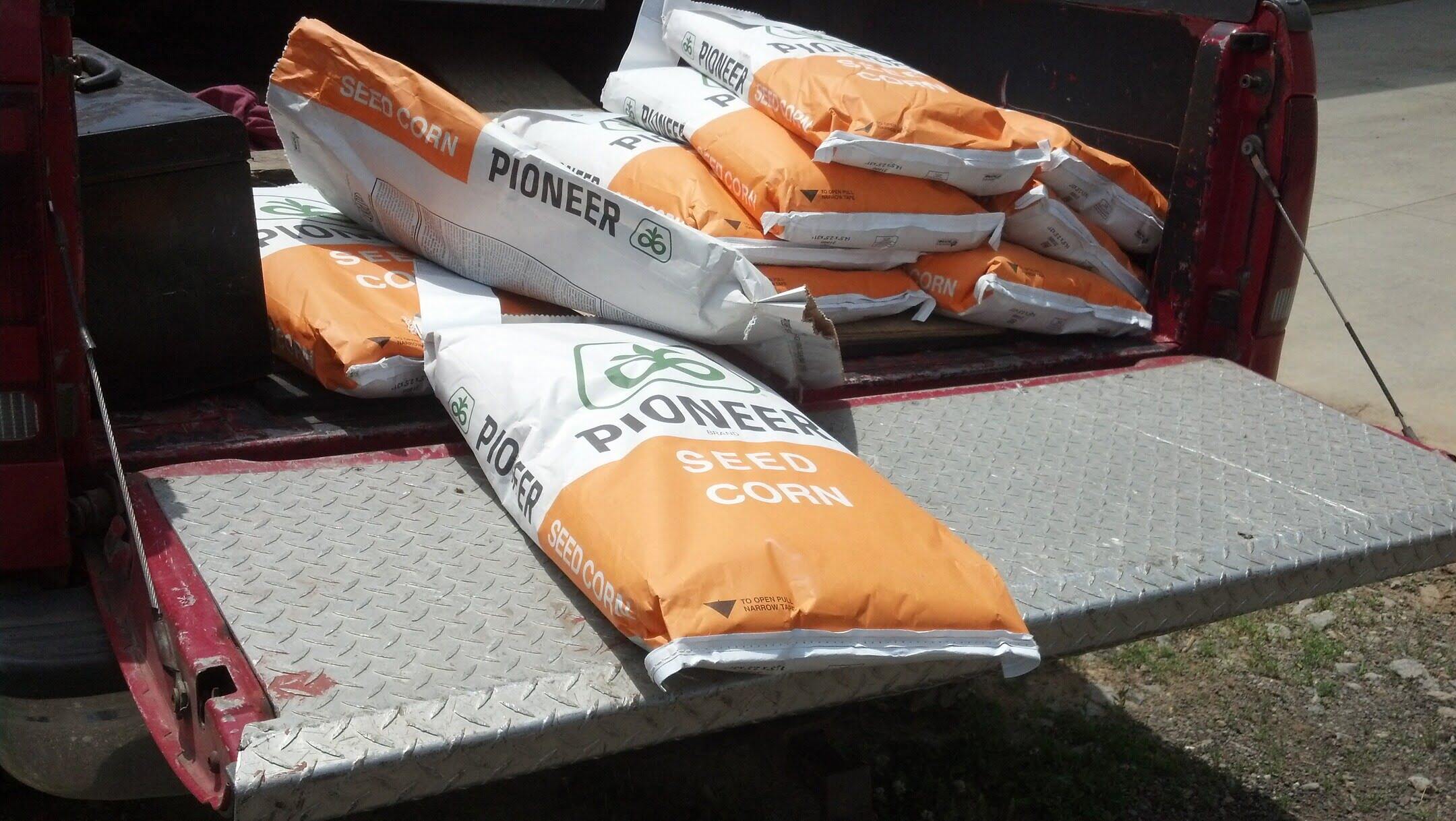
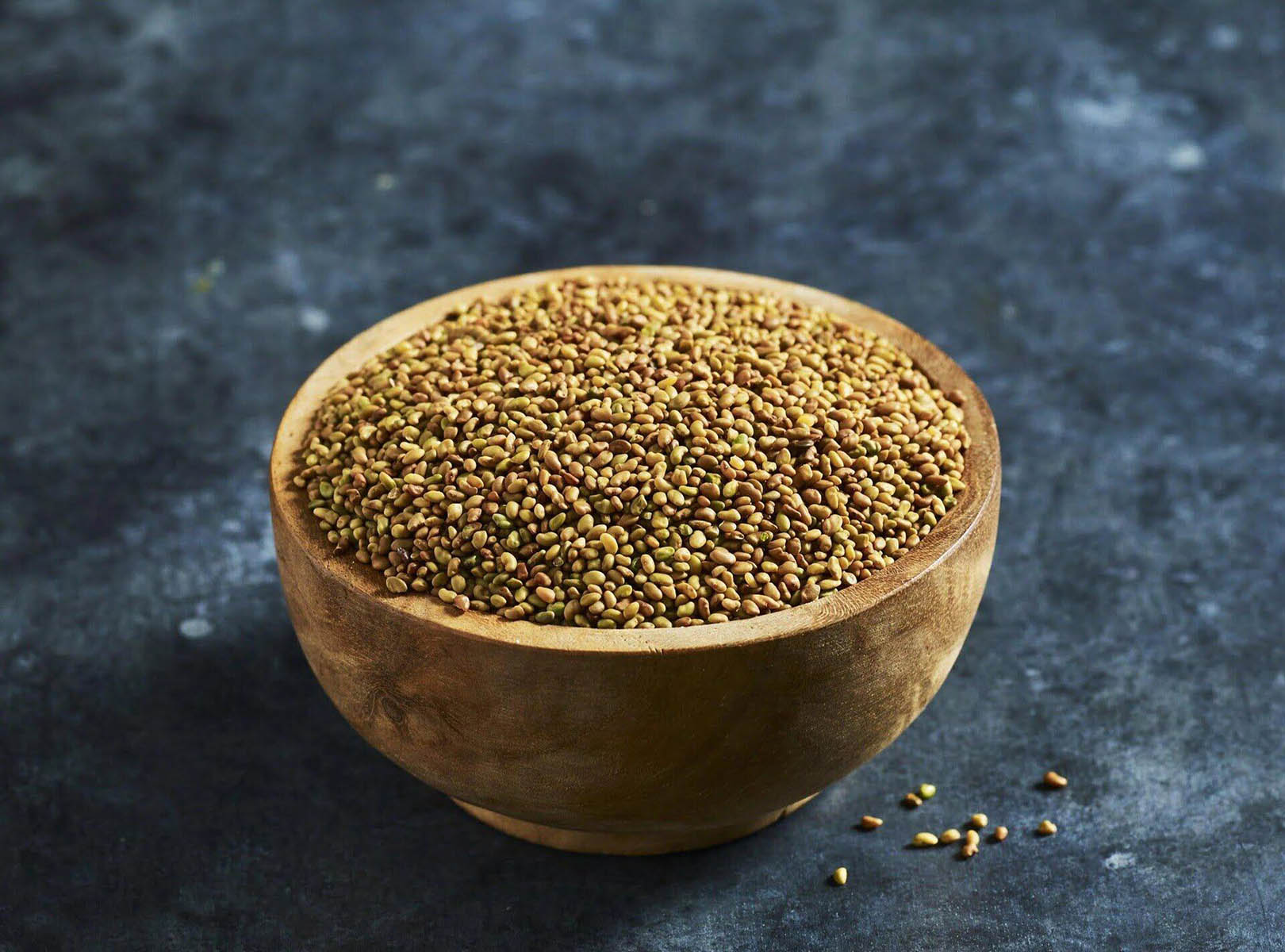
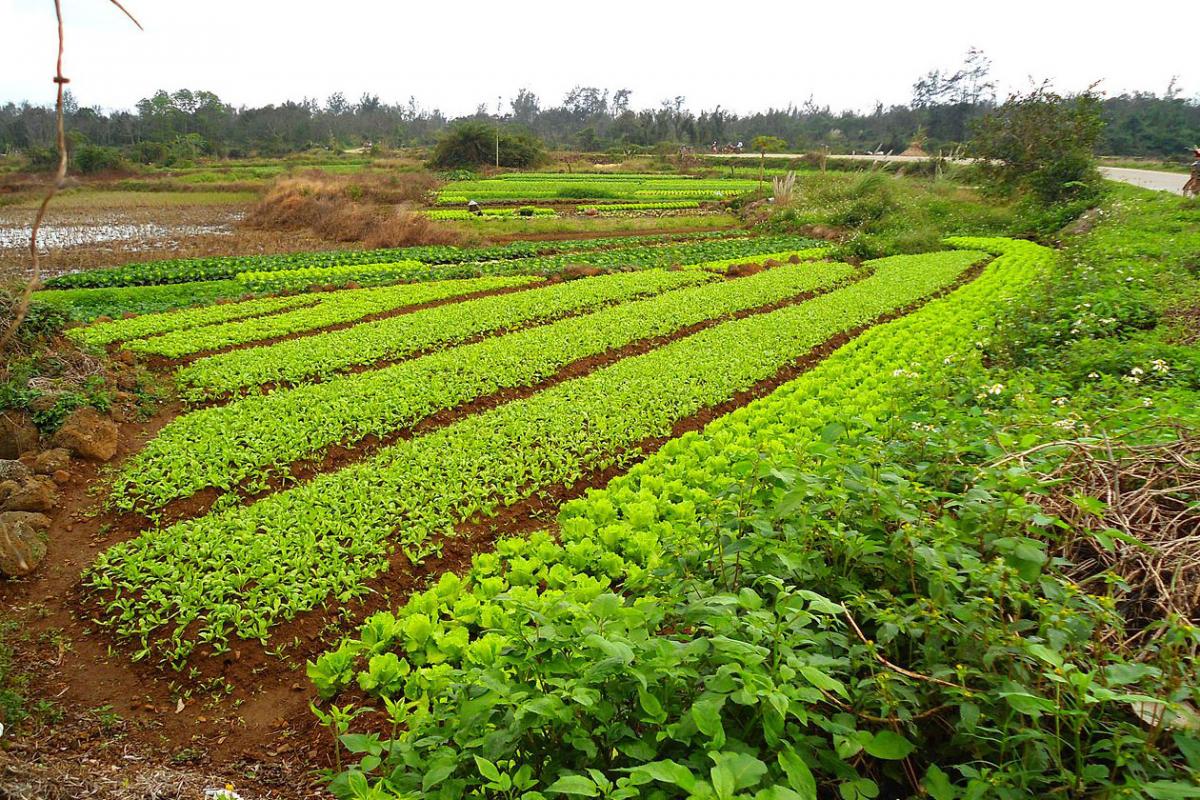

0 thoughts on “How Much Area Does A 50 Lb Bag Of Grass Seed Cover”